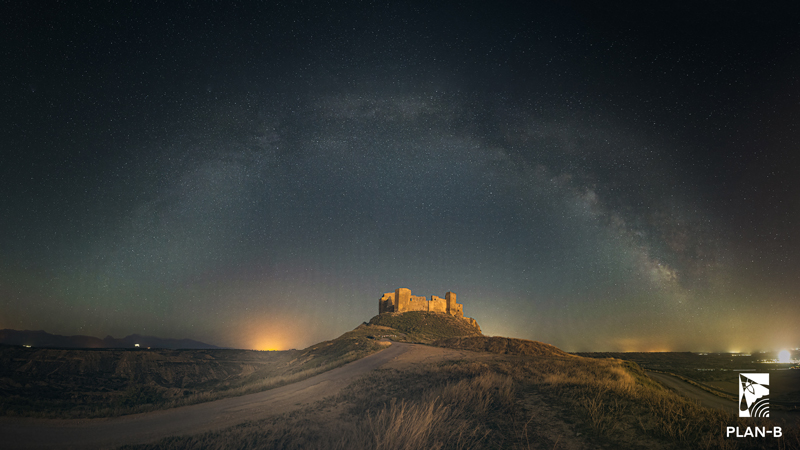A new scientific paper has recently been published by Nature Reviews Earth & Environment, which outlines trends and impacts on light pollution.
The article includes contributions from some of the scientific experts on light pollution in the PLAN-B consortium, such as Alejandro Sánchez de Miguel.
Light pollution has increased globally, with 80% of the total population now living under light-polluted skies. In this Review, we elucidate the scope and importance of light pollution and discuss techniques to monitor it. In urban areas, light emissions from sources such as street lights lead to a zenith radiance 40 times larger than that of an unpolluted night sky.
Non-urban areas account for over 50% of the total night-time light observed by satellites, with contributions from sources such as transportation networks and resource extraction. Artificial light can disturb the migratory and reproductive behaviours of animals even at the low illuminances from diffuse skyglow. Additionally, lighting (indoor and outdoor) accounts for 20% of global electricity consumption and 6% of CO2 emissions, leading to indirect environmental impacts and a financial cost.
However, existing monitoring techniques can only perform a limited number of measurements throughout the night and lack spectral and spatial resolution. Therefore, satellites with improved spectral and spatial resolution are needed to enable time series analysis of light pollution trends throughout the night.
This article joins the recently published ‘Defining Mechanistic Pathways for Anthropogenic Noise Impact on Avian Species’, in which members of our consortium have collaborated in its elaboration together with the EC RefMap Project. Thus, PLAN-B continues its research to tackle the harmful effects of light and noise pollution in Europe.

